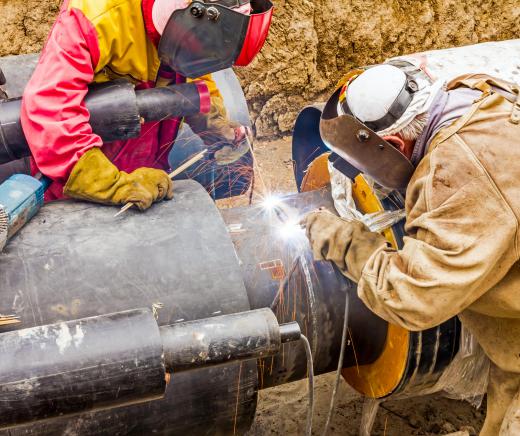An inverting amplifier is a type of electrical circuit that reverses the flow of current passing through it. This reversal of the current is done to produce a higher output than is available through the current itself. There are a number of possible uses for an inverting amplifier in applications where multiple currents are required.
One use commonly employed for an inverting amplifier is to shift the phase or the direction of the waves of electricity passing through the current to make them opposite the normal wavelength. This is done for specific applications that require opposite phase wavelengths. Another use is to increase the output of current or the phase of the output. This method is most often seen in inverters that are used in cars to convert from 12 volt direct current or DC waves to 120 volt alternating current or AC waves, so that automotive battery and alternator power can be used to power cell phone chargers and other types of electrical devices.

An inverting amplifier uses negative feedback to amplify the output of the circuit. This is accomplished through the use of capacitors and resistors to increase or decrease the impedance, or resistance, of electrical flow through the system to produce the desired effect. Inverting amplifiers can be very simple constructions using a few small parts, or they can be very large and complex circuits when they are used for specific applications that require high voltage.

One such complex application is for inverter-based welding and plasma arc cutting equipment. In these applications, an inverter is used to convert standard household current such as a single-phase 120 volt into multi-phase 230 volt output current. This allows a much smaller unit that can run off of readily available household power to produce the output of a much larger unit that would normally require a separate power supply, breaker box, or entirely different power source.
Inverting amplifiers are just one of many different types of electrical circuits that can be used to change the phasing, wavelengths, and the power output and resistance, also known as impedance, of a circuit. They allow for this change to occur without resorting to transformers or other electrical devices. The inverting amplifier can thus provide a lower cost alternative to items that may be more costly or harder to produce, source, and replace.
